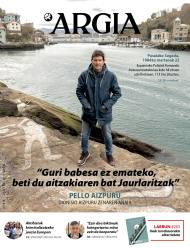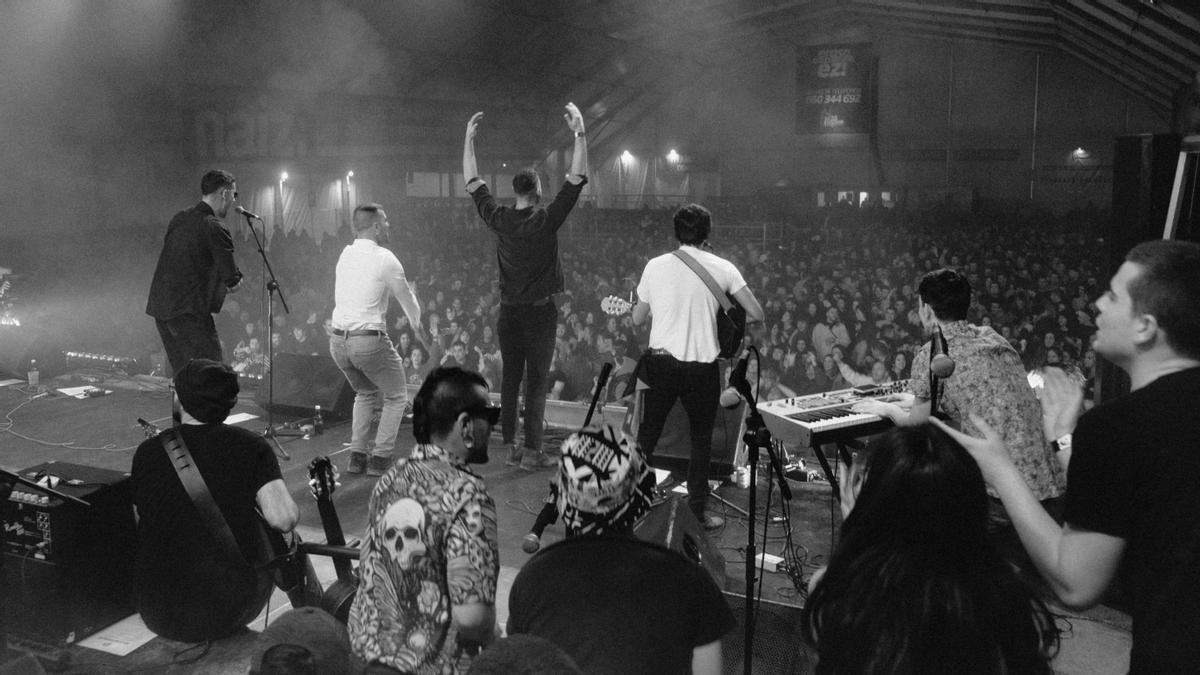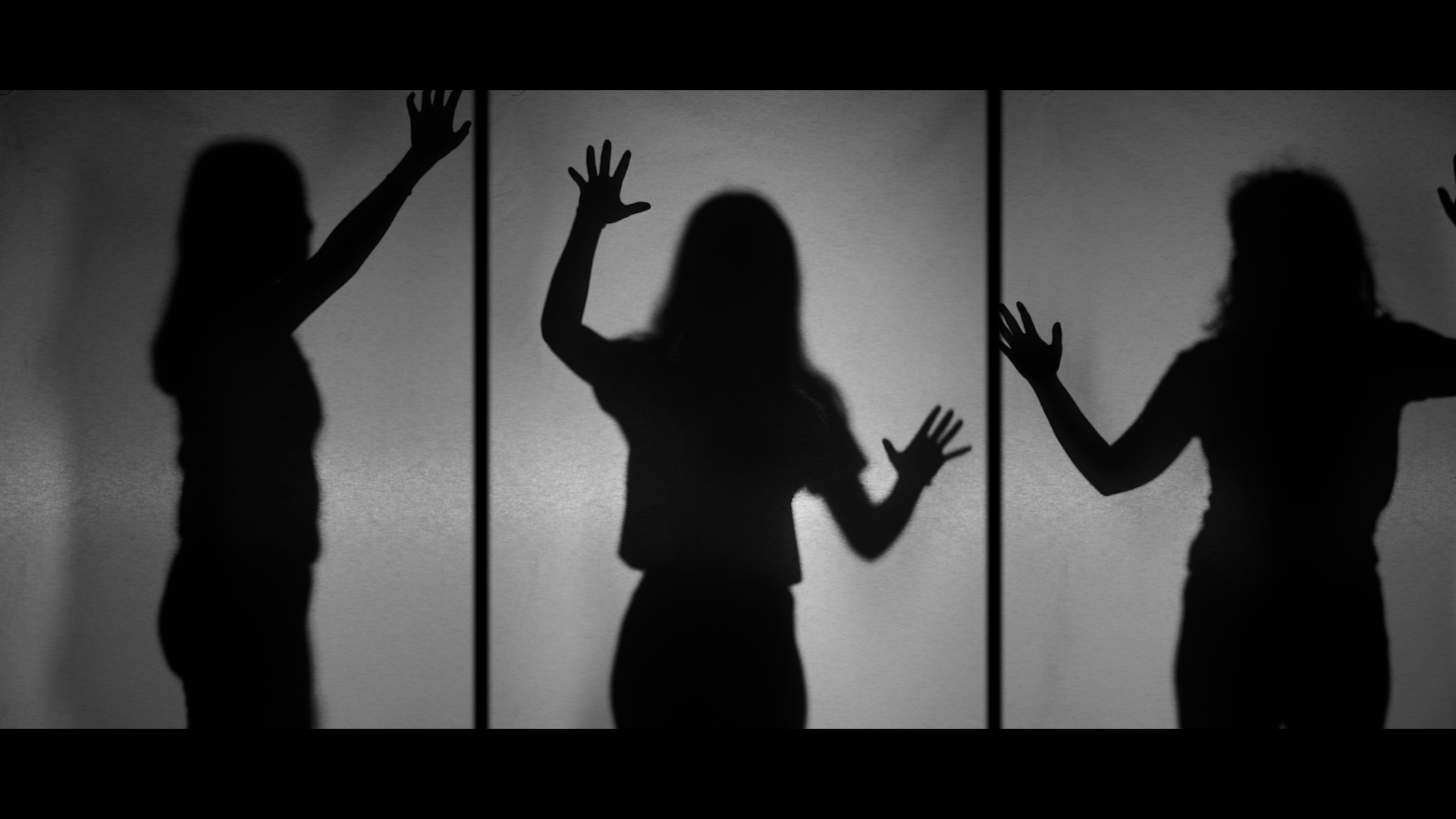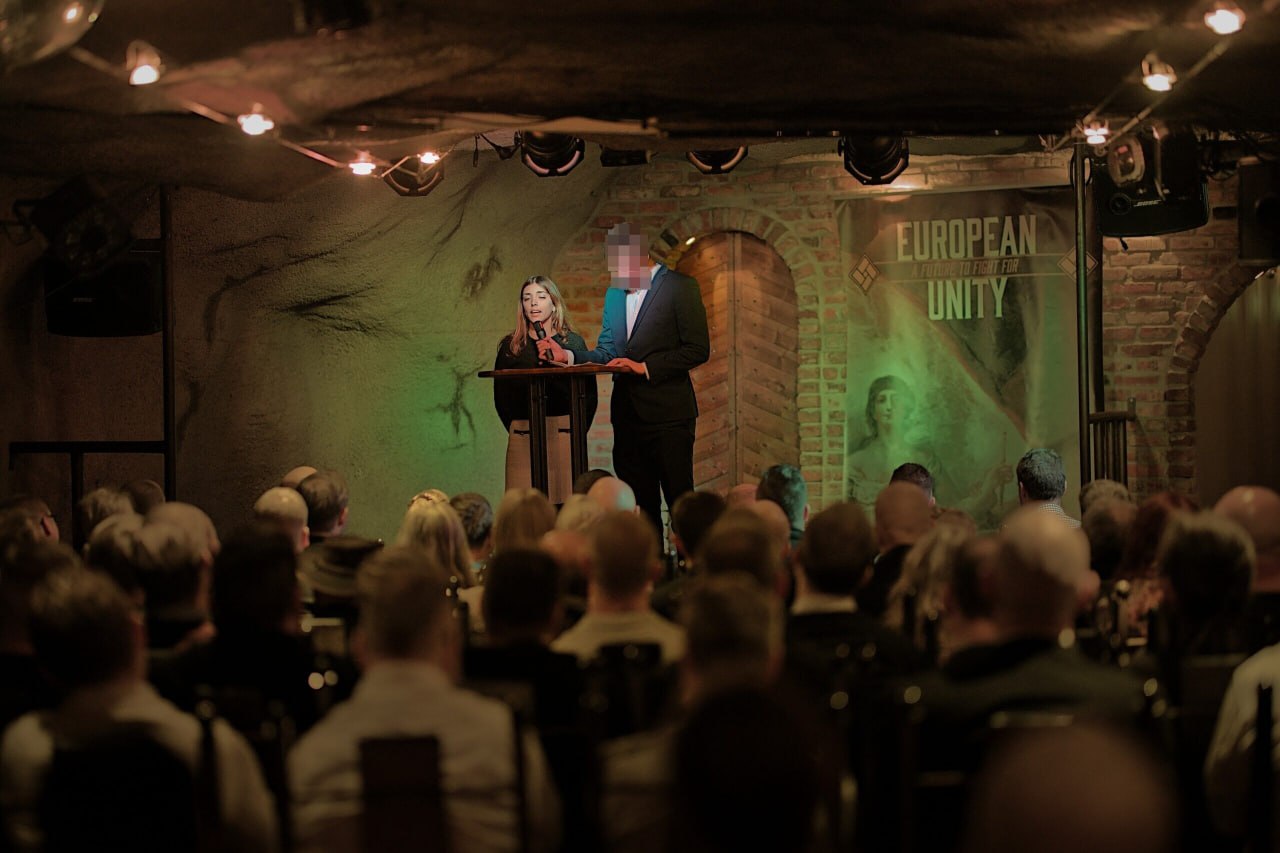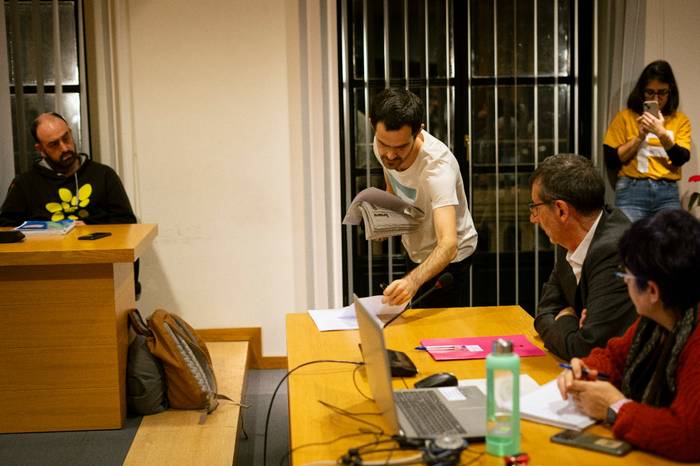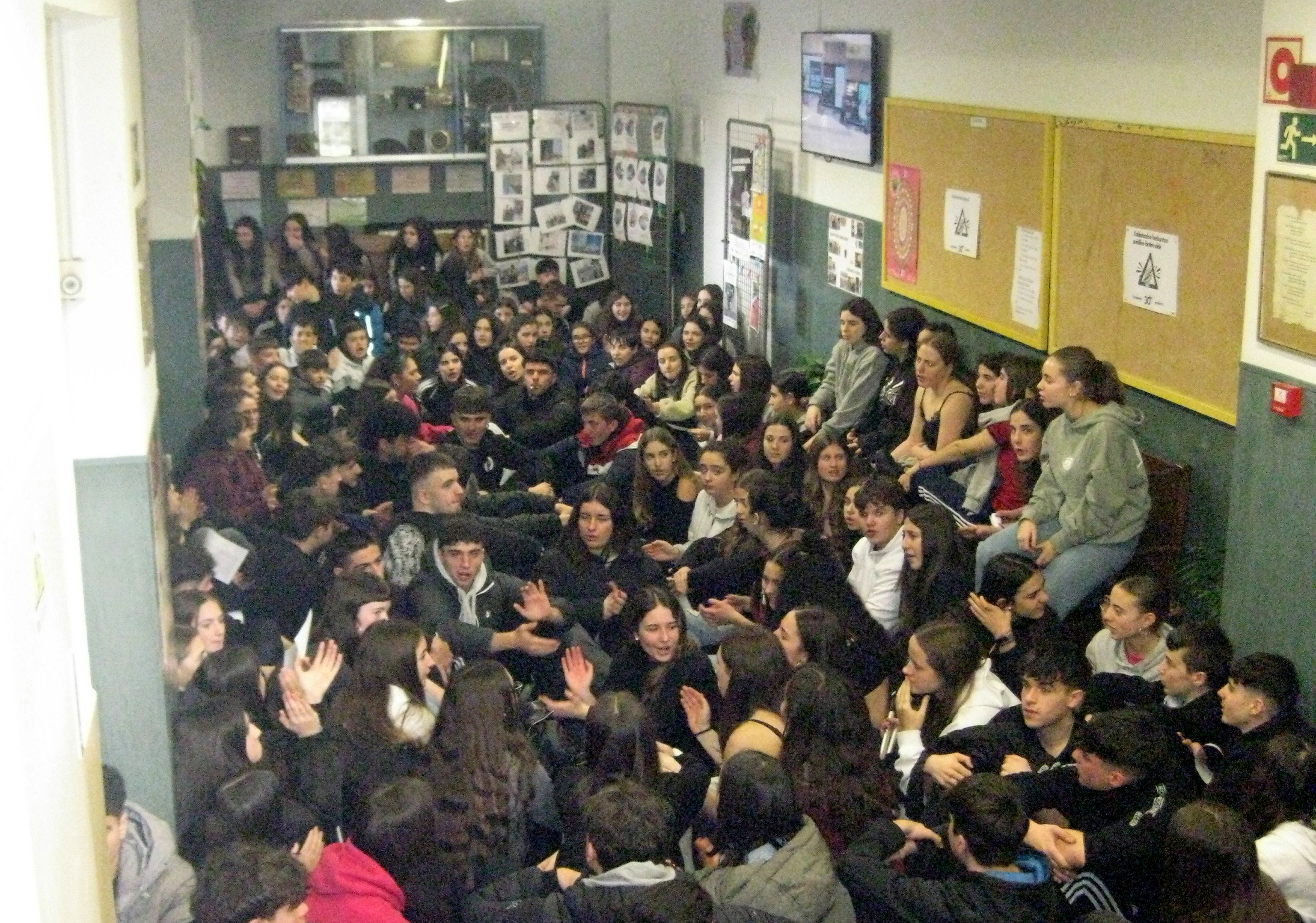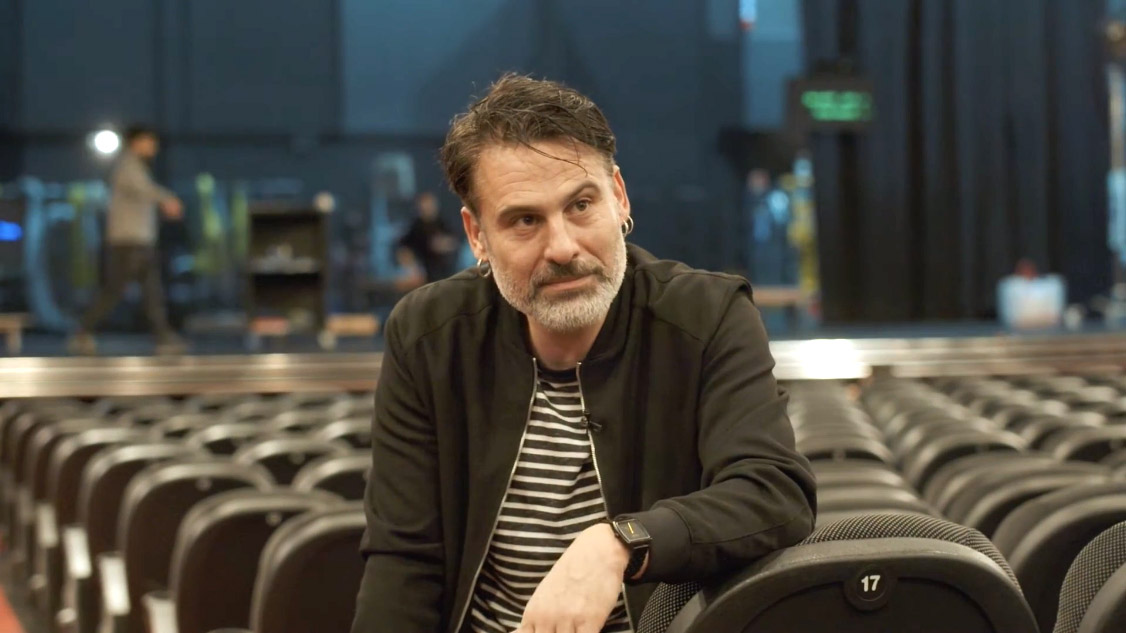Recessed wind from the other world
- Terror or science fiction are not necessarily the favorite genres of serious film lovers, but, from George Mélièsen, we find really beautiful films that can be classified under the label of fantastic cinema. Probably, the relationship between the first steps of film and fantastic genre has not been as close as in German cinematography in the 1920s. Nosferatu is a silent film (1922) that shows this lush harvest.
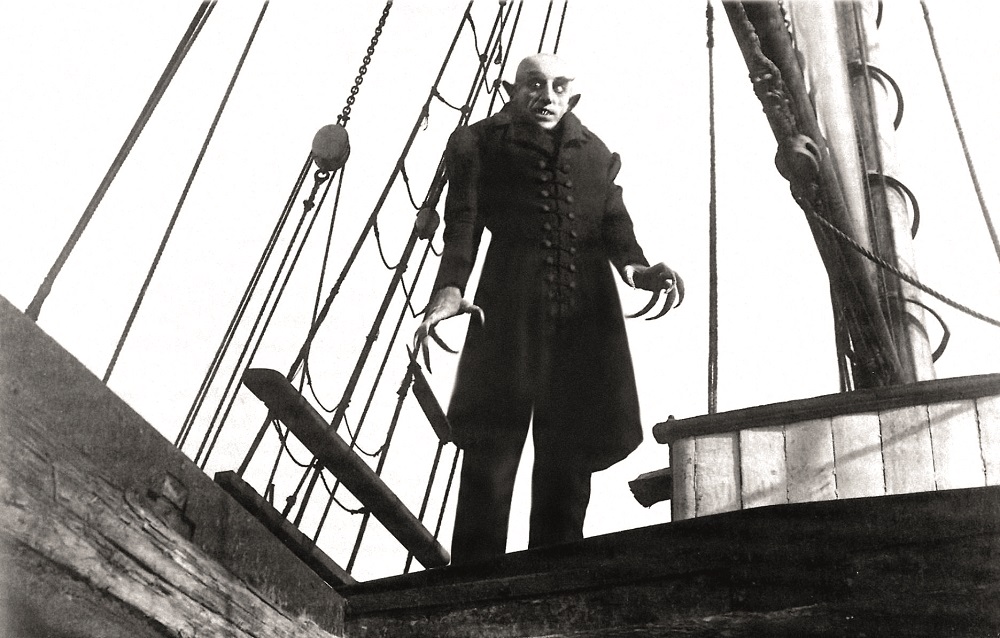
Although not a filmmaker, any spectator could easily form a timic list of fantastic films in every sense of the Weimar Republic: Das Cabinet des Dr. Caligari (Dr. Caligari's Cabinet, 1920), Paul Wegener and Paul Golder from the figures of Framer Boese (1927).
For Werner Herzog, remake that also pays tribute to the film in 1979, Nosferatu is the largest German film ever; film critic Lotte Eisner went a little further and called Murnau the biggest director of the German film. This second, Eisner, reminds us in his book Die dämonische Leinwand (Demonic Screen) that the subtitle of Nosferatu is the Eine Symphonie des Grauens, a symphony of terror: “And today we still really feel it, when we see the film, the yellow wind of the other world is in realistic figures.” On 4 March 1922, the Berliners had the opportunity to experience for the first time that plugged wind that continues to produce chills.
Dramas about love
Founded in 1888, his real name was Friedrich Wilhelm Plumpe, who changed his name to Murnau in honor of the people he met in Bavaria and who functioned as a colony of artists – and perhaps with the intention of dismissing his father’s name, who apparently did not like his son’s artistic path. Murnau made 21 films, seventeen in Germany, between 1919 and 1926, and in the United States, since his trip to Hollywood, Artio died in a car accident in 1931. Of all these, twelve have reached us, eight from the German stage and one from the United States.
Today, Nosferatu is probably Murnau's most famous film. That has not always been the case. For a long time, his most attractive films were others for film lovers, such as Der letzte Mann (The Last Man, 1924), by the use of the mobile camera, or Sunrise (Sunrise, 1927) or Tabu (1931). Today, Nosferatu is the best known film of our Naski director. However, in addition to what we are dealing with here, he produced two other horror films – both of 1920 and both lost: Satanas and Der Janus-Kopf (head of Jano) – but terror was not the main genre that Murnau cultivated. In his films we often see dramas about love, and in Nosferatu you can also say that we have a love triangle between Count Orlo and the marriage of Hutter and Ellen. Films are never usually the work of a single friend, and when we talk about Nosferatuz, along with Murnau, it is essential to mention at least another name:
Albin Grau. Expert in occultism, Enrico Dieckmann founded the production company Prana Film for Nosferatu. In a 1921 article, Grau explained how he came up with the idea of the film: in the winter of 1916, when he was traveling through Serbia, a peasant who lived in Romania told him the story of his father, who, after his death, was leaving the grave for the night in search of the blood of the people. “I saw
an undead.” "A non-dead?" ', one of us asked. ‘Yes, a dead man or a Nosferado, who call the vampires there.’ After explaining the story probably that apocryphal, in the same article, Grau tells that later in Prague he had told a friend that he was about to make a film about the subject and that Murnau had been taken to correct it. “Nosferatu is in good hands, therefore,” his friend replied. In addition to being a producer, Albin Grau also played the role of artistic director and we owe him the drawings he used, and which are so well known, for the propaganda of the film.
It has been discussed whether Nosferatu is about to be classified within expressionism, especially because Murnau rode in real places in free passages, instead of rolling in decorations built in studios as it was then customary – for example, those of the castle of Count Orlo were filmed in Slovakia, in the Tatra mountains. But it is clear that the use of light and shadows, which has given us one of the most memorable moments in the film, is quite expressive. And, as in other films, many images also show Murnau's adherence to German romantic painting.
Orlo vs Dracula, Florence Balcombe vs Nosferatu
Murnau's film is based on Bram Stoker's Dracula novel, but he who heads to Transylvania to sell a house to a mysterious Count is not called Jonathan Harker, but Hutter; his wife is not Mina Harker, it is called Ellen; finally, the count that ignites the irrational horror of the castle's peasants is not Count Orácula. In the lost film Der Janus-Kopf, Murnau adapted the novel Dr. Jekyll and Mr Hyde by Robert Louis Stevenson, without then paying copyright. As for Nosferatu, according to the book the reader takes, there are those who say that changing names was a strategy for not paying money, but what he defends is the lack of experience as the main sin of the producers Albin Grau and Enrico Dieckmann.
The horror movies that Universal filmed in the 1930s are beautiful, but, what's obvious, they're not afraid today. Nosferatu remains disturbing at times.
Pay rights to whom? Bram Stoker died in 1912, and perhaps in the pre-Internet era it was not so easy to find who owns copyright. With or without the Internet, Stoker's widow Florence Balcombe did know the premiere of 1922 and set in motion a long judicial process to be paid the money she owed to her for the adaptation of her late husband's work. Three years later, convinced he was not going to get anything from that producer who had no money, Balcombe got the order to destroy all the copies and negatives of the film. Some were saved, fortunately. And a film frame adorns the cover of the Oxford World’s Classics collection novel. From here we see Florence circling in his grave.
The word Nosferatu appears in Bram Stoker’s novel, specifically in chapter XVI (and in the previous edition, on page 200): “He died, became nosferatu, as they say in Eastern Europe.” Bram Stoker found her in Transylvanian Superstitions, by writer Emily Gerard, in 1885. According to Gerard, the vampire nosferatu is the counterpart of the Romanian, but it seems not. In Romanian there is no word nosferatu, nor in any other language. Researcher David J. Skal proposes that Gerard misinterpreted some other Romanian word, such as the nesuferit – unbearable – but there are those who propose as the origin of Greek nosocomial nosferatures – which carries epidemic – or Romanian necuratul – the devil, or the disgust being. In any case, becoming the title of a film, thanks to Murnau we have won a new word.
Nosferatu long shadow
I also want the horror movies that Universal made in the 1930s. They're beautiful, lovely movies, but what's obvious, they're not afraid today. Nosferatu, for its part, is still disturbing at some points, although it has been a little over a hundred years since its premiere. The vampire, incarnated by actor Max Schreck, is a very special vampire and his movements, accompanied by his makeup and photography of Fritz Arno Wagner, make us feel the paired air mentioned in the fight. Because Max Schreck's representation is so credible that he was the real vampire. From this legend, E. Elias Merhige shot Shadow of the Vampire in 2000. In this star-filled film, John Malkovich da F. W. Murnau; Udo Kier, Albin Grau; and Willem Dafoe, Max Schreck, reflected on the vampire character of film.
Nosferatu’s is a special vampire in his horror and barbarism, passing through the interview of Tom Cruise, Brad Pitt, etc., far from the road leading to the Twilight (Ilunabar) saga. His image is found in the Salem’s Lot mini series by Tob Hooper, from where he arrives to Guillermo del Toro’s The Strain (Anduia) series, with the influence of the undead, and it is clear that What We Do in the Shadows (2014), directed by Taika Waita, is the old tribute of Banpiro Banpiro.
It’s an outrage: Nosferatu is Germany’s largest film, according to Werner Herzog. The German director made his remake or version in 1979 with Bruno Ganz, Isabelle Adjani and Klaus Kinski. Later, Kinski was once again encouraged to train our vampire in 1988 in the film Nosferatu a Venezia, directed by Augusto Caminito. As someone would say, what need?
Jean-Luc Godard says the only thing you need to make a movie is a girl and a pistol. Light and shadows are the only things you need.
Vagina Shadow(iko)
Group: The Mud Flowers.
The actors: Araitz Katarain, Janire Arrizabalaga and Izaro Bilbao.
Directed by: by Iraitz Lizarraga.
When: February 2nd.
In which: In the Usurbil Fire Room.







